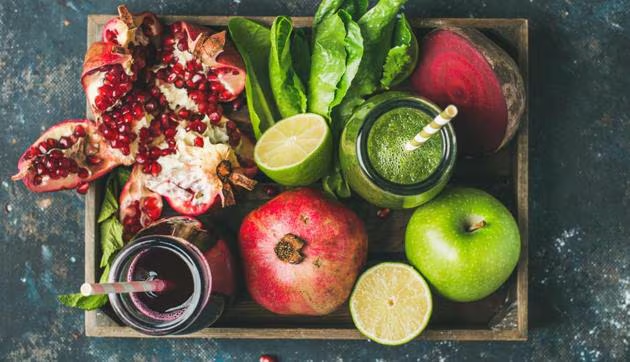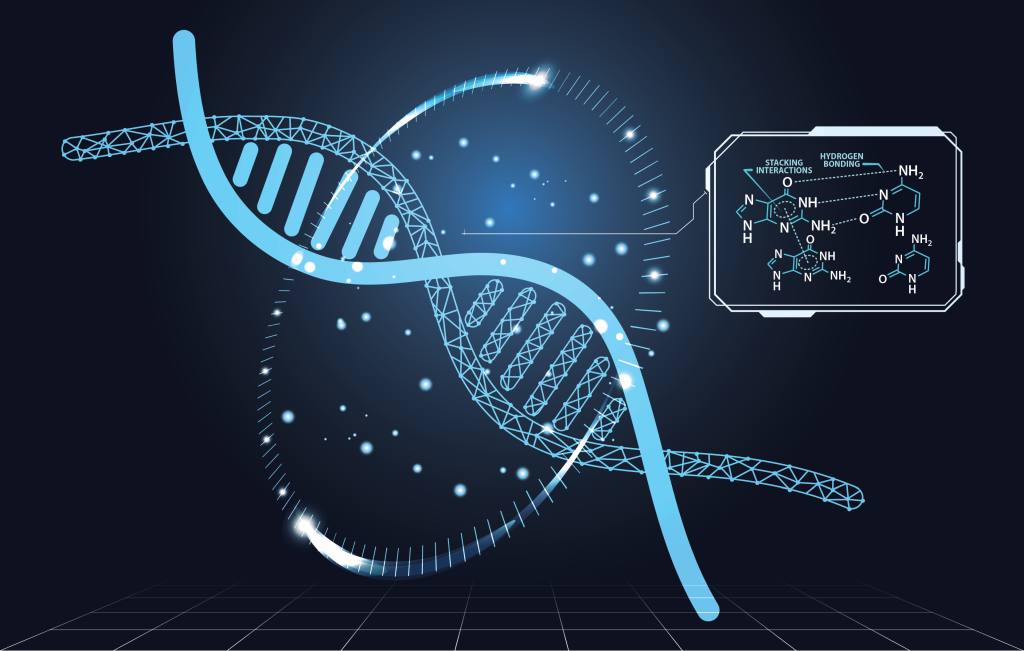Understanding food pairing has long been an essential part of culinary traditions. While some combinations are celebrated for their harmonious flavors, others are shunned based on widely accepted beliefs. However, many of these beliefs are more rooted in myth than in science. Uncovering the truth behind common food pairing myths can not only enhance your dining experience but also ensure you’re making informed choices.
Myth 1: Fish and Dairy Should Never Be Combined
A common myth in many cultures is the belief that fish and dairy should never be combined, with concerns ranging from digestive issues to skin problems. However, there is no scientific evidence to support the claim that this combination is harmful. In fact, dishes like fish with cream-based sauces or lox with cream cheese are enjoyed by many around the world without any adverse effects. The key to successful pairing lies in balancing flavors, where the richness of dairy can complement the lightness of fish, creating a delightful culinary experience.
Myth 2: Fruit Should Only Be Eaten on an Empty Stomach
The idea that fruit should only be consumed on an empty stomach, or it will rot in your stomach and cause digestive issues, has been widely circulated. This myth is entirely baseless. The human digestive system is well-equipped to handle various food combinations, including fruit with other food groups. Combining fruit with other foods can actually slow down the absorption of sugar, providing a more gradual energy release. Enjoying fruit as part of a balanced meal, like adding berries to your yogurt or salad, can be both nutritious and satisfying.

Myth 3: Carbohydrates and Proteins Should Not Be Eaten Together
Another popular myth is that consuming carbohydrates and proteins together hinders digestion and leads to weight gain. This belief stems from outdated theories about the digestive process. The reality is that the body is perfectly capable of digesting multiple macronutrients at once. In fact, combining carbohydrates with proteins can be beneficial. Protein slows the digestion of carbohydrates, leading to a more sustained release of energy and helping to maintain stable blood sugar levels. Meals that combine both, such as chicken with rice or beans with quinoa, can be both nutritious and delicious.
Myth 4: Acidic Foods and Starches Don’t Mix Well
There is a persistent belief that combining acidic foods like tomatoes with starches such as pasta can cause digestive discomfort. While some people may experience sensitivity to acidic foods, there is no general rule that this combination is harmful. In fact, many classic dishes, such as spaghetti with marinara sauce, pair acidic and starchy components with great success. The acidity of tomatoes can actually enhance the flavor of the starch, creating a balanced and enjoyable meal.
Conclusion
Many food pairing beliefs are based on tradition rather than scientific evidence. By questioning these myths, we can make more informed choices about our diets and enjoy a broader range of flavors and combinations. Whether it’s fish with dairy, fruit with other foods, or combining proteins with carbohydrates, the focus should always be on balance and personal preference. Websites offering culinary advice often emphasize the importance of experimenting with food combinations to discover what works best for your taste buds and health.
Understanding the science behind food pairings can lead to more enjoyable and nutritious meals. So, the next time you hesitate to mix certain foods based on old wives’ tales, remember that most of these myths have been debunked, and what truly matters is how the food makes you feel and how it fits into your overall dietary goals.









